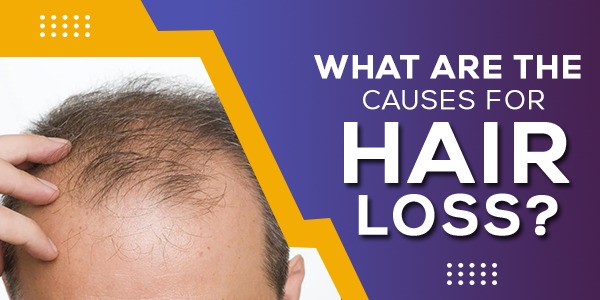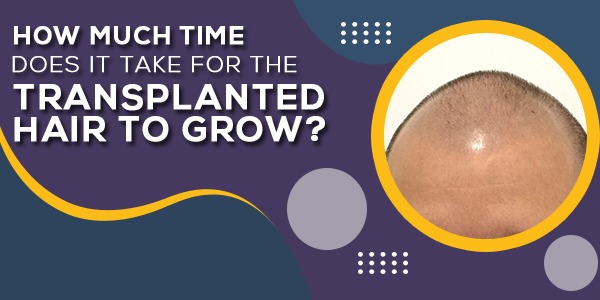What Are The Causes For Hair Loss?
1).Nutritional Deficiencies Are you getting enough Vitamin D? Maintaining proper vitamin D levels is one of the 70 habits featured in my e-book 70 Powerful Hair Loss Habits For A Great Health which will guide you how to take positive steps to improve your wellness and overall health. One of the symptoms of vitamin D […]
What Are The Causes For Hair Loss? Read More »


